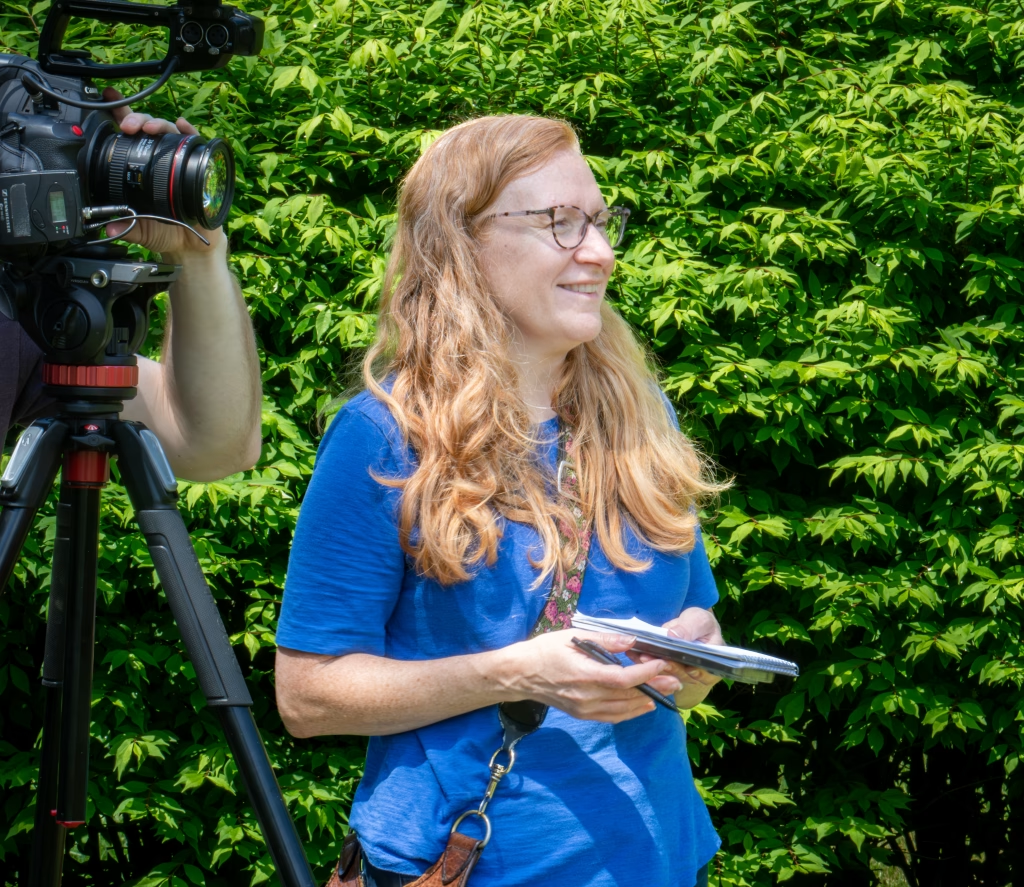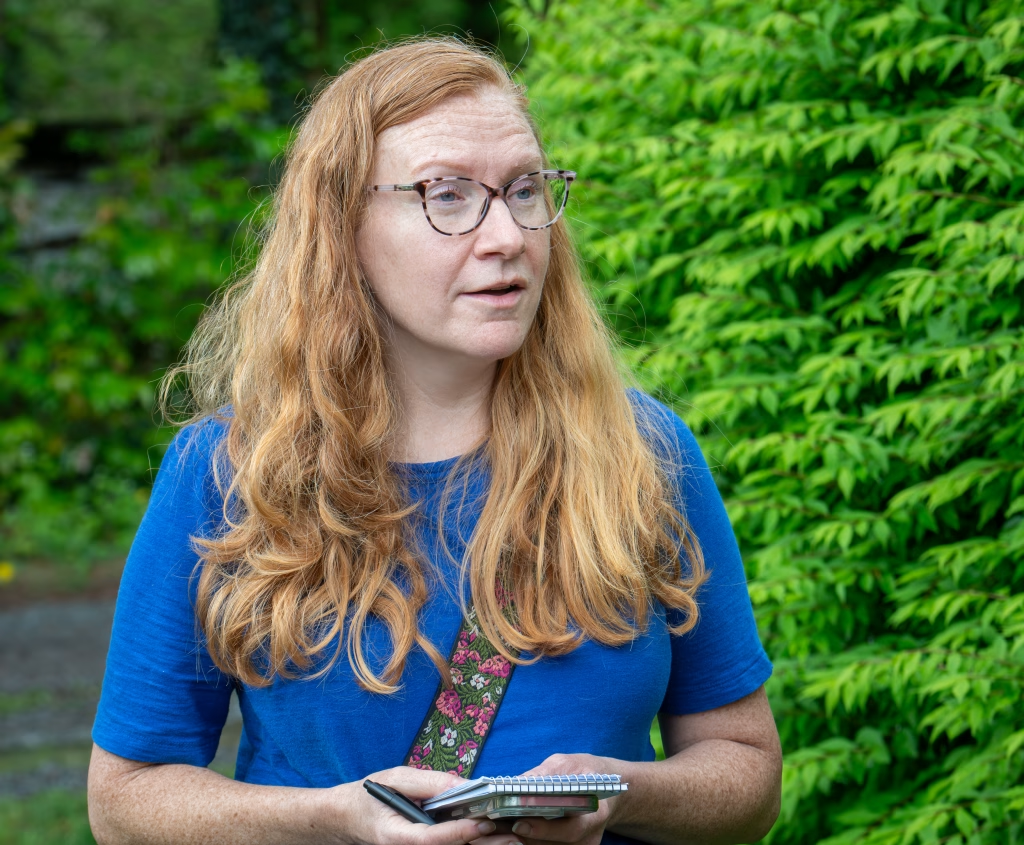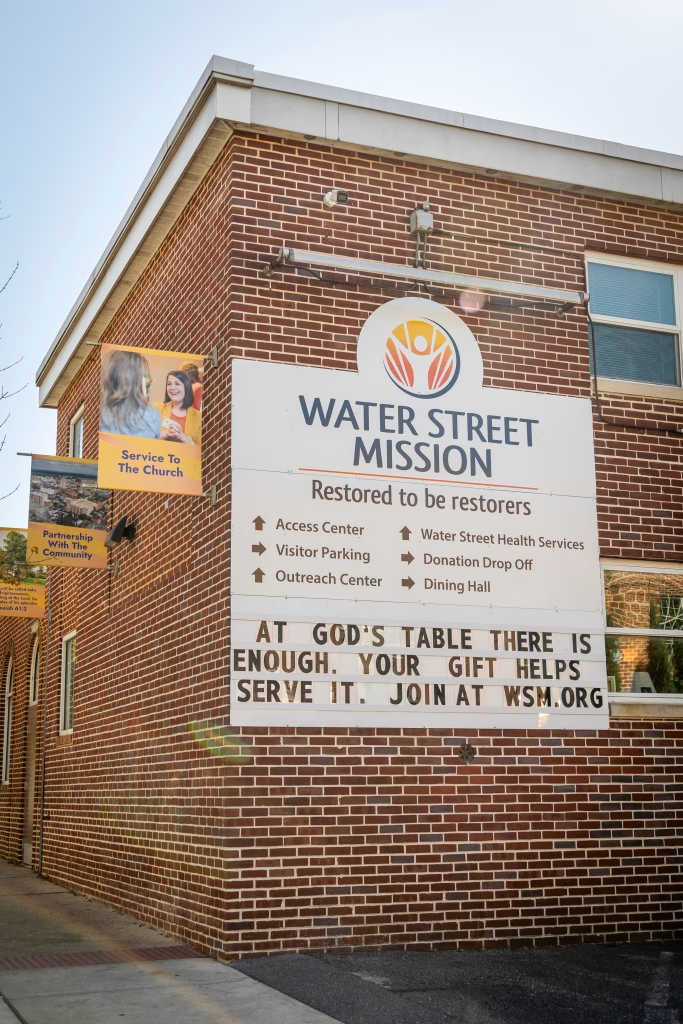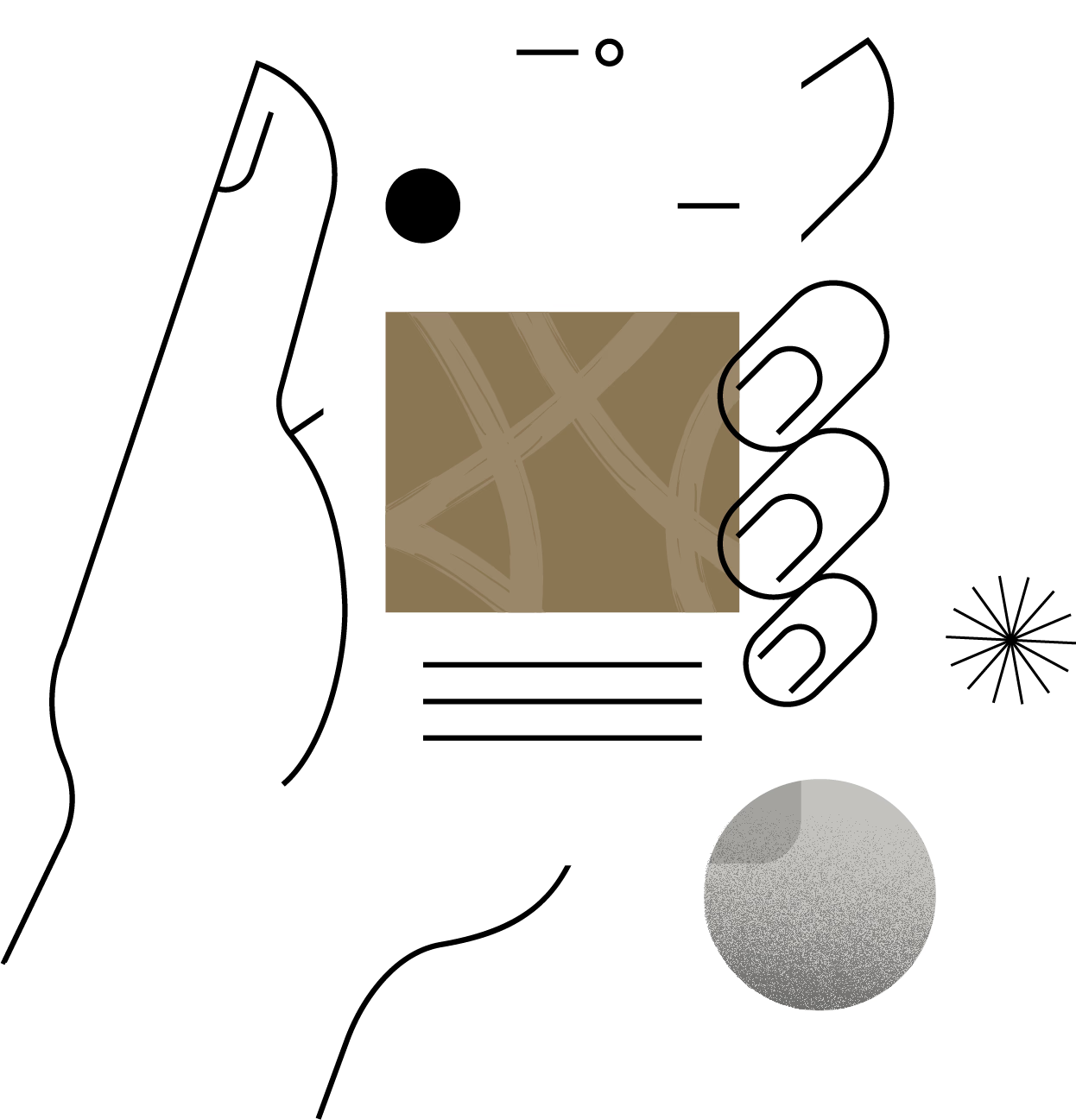Community Interest
A Day in the Life of LNP Journalist Erin Negley
In partnership with Fig, 'A Day in the Life' is an ongoing series about the importance of local news and how it gets made, written by LNP | LancasterOnline.
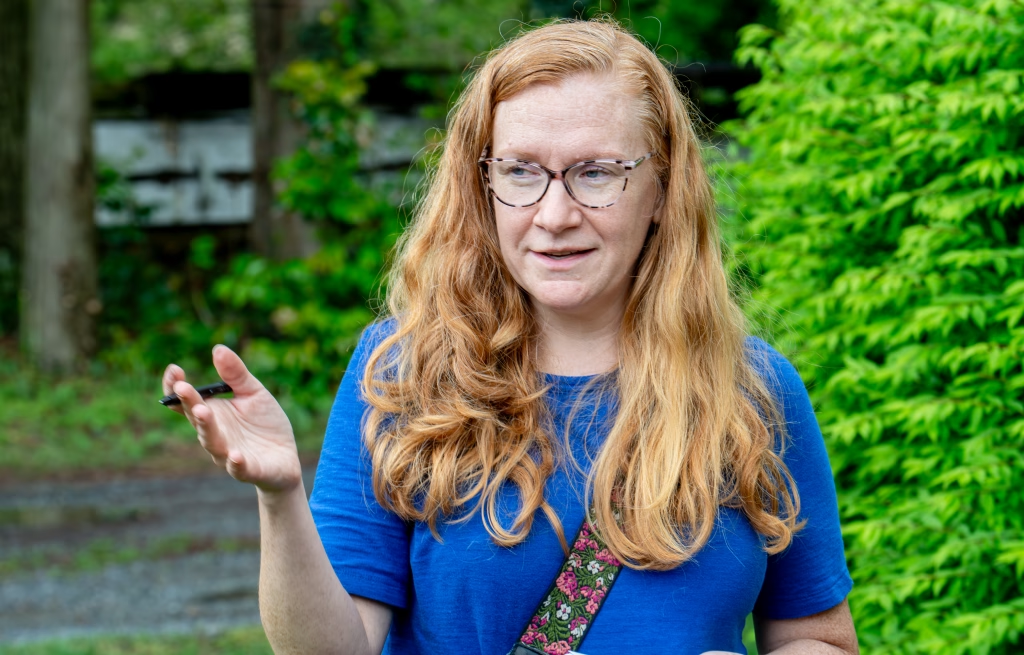
The internet, unregulated social media, and the rise of artificial intelligence (AI) have knocked local journalism off its foundation. Since the mid-2000s, more than 2,500 newspapers have stopped publishing and employment at U.S. newspapers has declined more than 50 percent. Many remaining newspapers are now owned by public companies or hedge funds without regard to the communities they purportedly serve.
But not here, not in Lancaster. In Lancaster, we are incredibly fortunate to still have a locally-owned news organization with people like Erin Negley, a features reporter, who cares deeply about this community.
In the story below, Erin gives us a peek into ‘A Day in the Life’ on her beat. This is the fifth article in a series on how your local news gets made and how important it is for this community to support local news.
Meet Erin Negley
Features Reporter | enegley@lnpnews.com
I’m a features writer at LNP | LancasterOnline, and every day is different.
On a recent Tuesday, I logged in around 8:30 a.m., as soon as I came back from the bus stop. News doesn’t happen in the newsroom. I’ve worked remotely at least a few days a week since I joined LNP. That allows me to get out in the community. Stories are everywhere!
Today, I have an in-person interview with Nancy Plumley, who runs her family business, an azalea farm. The farm’s been in her family for more than a century, and she’s carrying on the azalea tradition started by her grandfather. Why is this a story?
I joined LNP as a writer in the features department, the group writing about entertainment, people, home and garden, food, and more. These days, I am the main reporter for the Home and Garden section, which has its own page on LancasterOnline and a print section on Fridays.
In a beat that covers anything that grows or anything under a roof, the stories are endless. There are many types of stories in my corner of the newsroom. One category is what I’ll call news you can use. These stories are helpful, local, and vetted by a journalist so readers know they’re accurate. What plant classes are happening this month? Where can I find plant sales and swaps?
Another category I like to call a romp. These stories are journeys. Follow along with a group of people measuring a tree to see if it’s a champion (it was!). Explore a neighborhood in the days before quiet season starts. They’re informative, but there’s more than a list.
Another category focuses on people or parts of our community through the lens of plants and homes. That’s where Plumley’s azaleas fit. I learned about her farm through the Lancaster Bonsai Society. I wrote about the group in 2017 and read its monthly newsletter for possible tips. (There are stories everywhere!) Last May, the group had a field trip to Plumley’s farm, Hershey’s Azalea Farm.
“Our trip was very rewarding from both a historical and botanical perspective,” Bob Ulrich wrote in the newsletter. I searched for the farm and learned Hershey Red azaleas were discovered there. How cool! I saw a few possible times to run a story about azaleas: late spring or early fall is a good time to plant them. Early to mid-May is when they bloom.
Talking this out with my editor, Jenelle Janci, my goal was to capture the farm in its full-bloom glory in photos and video. The story will add the history, the horticulture, and the personalities. Usually the azaleas bloom around Mother’s Day, she said. I checked in with her a few times over spring. Friday afternoon, Plumley said the flowers were starting to bloom, so I assigned a photographer and checked with our social media team to see if they’d like a video. They’re interested in the family history angle. Next, I ask videographer Tyler Huber if he’s available and interested.
To prep for the interview, I have an amazing resource: our deep archives. LNP’s predecessors go back to the 1700s, well before the first azalea was planted at the farm. During one of our calls, Plumley said in the 1920s, when her grandfather started growing azaleas, they were new imports from Japan. I’m not an expert on 1920s horticultural imports, so newspaper archives are great to fact-check things like this.
On Newspapers.com, I learned more about azaleas in Pennsylvania and found old ads from Hershey’s as well as a few stories about the family farm through the years. I clipped a few photos in case I make a timeline to go with the story. Caution: these archives can be a rabbit hole. I usually set a timer and move on when it rings. Otherwise, I’d spend much more time in the past, ignoring the present.
I prep my questions and write a few for the video, in hopes of getting the answers in a format that makes sense on camera. It’s better to hear, “We grow more than 30 varieties of azaleas” instead of just “more than 30.” I’m still learning how to do this. Respect to broadcast reporters.
Once I have my questions prepped, I skim LancasterOnline for the day’s headlines and read the e-edition of our paper (because stories are everywhere). A municipal reporter writes that people living on an unnamed Leacock Township road are being asked to name it because the postal service and emergency crews want accurate addresses. Coming up with a name might be a home story. I also see United Way of Lancaster County asking for volunteers for Pennsylvania Furniture Mission, a nonprofit that’s already on my story list.
I skim the real estate listings for potential homes for our Cool Listing series. Past homes in the series were designed by C. Emlen Urban, had a cave, or had water flowing under a room. (If you have a property to nominate, let me know.)
I check my inbox for anything pressing and find details of the Weaverland Valley Mud Sale, three months after the story ran. Better late than never! I update the online version of the story, share the news with my editors for consideration for coverage and respond to the emailer, asking for a contact for next year’s story. For the mud sale list, I verify details of each sale with a person. This winter, calls, emails, and Facebook messages to the department weren’t returned and neither was the call to the produce auction, where the sale’s usually held. With no response, I added a note at the bottom of the story saying when the sale is usually held.
I pitched the mud sale list years ago as a reader resource for locals and out-of-towners that’s vetted by journalists. It’s also a tool our newsroom can use for follow-up coverage, including photos, videos, or stories. My favorite coverage was sending a freelance photographer out to shoot a 360-degree video to put you next to an auctioneer.
Back to azaleas, I want to focus on Plumley and her plants so before I leave, I make a few decisions.
Outfit. A suit? (Way too formal for a farm.) Jeans and a top? Perfect.
Shoes. Loafers? (Too fancy, even for a farm.) Rain boots? (It’s muddy, but muggy. Too hot.) New sneakers? (Too clean.) Mesh sneakers? Perfect!
Rain’s not on the forecast for the afternoon, but I grab my raincoat anyway. Much better than taking notes while juggling an umbrella. Yes, I have a waterproof notebook and pen in the car just in case. (And a lot more, but I will spare you my journo prepper talk.)
Maybe this sounds like a lot, but all of these things allow us to focus on our conversation and not have high heels or bad weather get in the way.
At the farm, Plumley gives us a tour and answers lots of questions on camera and off. I ask if she could send me family photos that we can add to Huber’s video and the story.
I stick around after the photographer and videographer have left—not to waste this grower’s time but to listen. She shows me some of the odd trees gifted from people in the industry. There’s a pine tree with no cones and a rhododendron native to the Himalayan mountains. Touch the leaf, she said. The underside is fuzzy. It has long johns, she said. I’m glad I stuck around to share this moment.
On the way back, I stop at a greenhouse to see if there’s anything exciting (not at this one). I heard a Turkey Hill in Ephrata closed, so I drive by and take a photo of the pump demolition for my editor. The library’s right there, so I drop off my latest read (“Girl in a Band” by Kim Gordon. Would recommend, especially to Generation Oregon Trail.) and skim the bulletin board. I send photos of an event with a character magician to Mickayla Miller, who covers events and entertainment, and an ASL storytime to my editors. There are stories everywhere!
Over late lunch, I see a message from a contractor, letting me know when he’ll finish a job. I plan to write about how built-in cabinets can transform a space for our renovation series. Builders are busy, and it’s been tricky to find projects. I appreciate this contractor’s communication. I asked him to take a few “before” photos in hopes that we can line up the shot for an “after” so our digital team can create a cool slider feature online. (Do you have a renovation to share? I’m interested in projects big and small.)
I send our videographer a few photos I snapped from the azalea interview in case they’re helpful.
Before the end of my day, I take a look at the rest of the week and pencil in when to write a few short online-first posts and my weekly plant email newsletter. On my way to afterschool, I make sure to turn up my curiosity—because stories are everywhere!
Support Local News
Local news media maintains core community connections, it informs and educates, it gives voice to all, it promotes the local economy, and it keeps government and elected officials accountable at every level. Effective local media has the power to connect and unify rather than divide and polarize. It is a critical ingredient in creating and sustaining democracy itself.
For this reason, please support LNP | LancasterOnline by subscribing or donating at supportlocal.news. We’re counting on you, because you count on us.
Want to discover more local? Follow Fig on Facebook and Instagram for inspiration.
